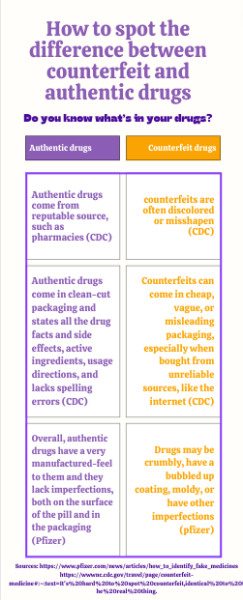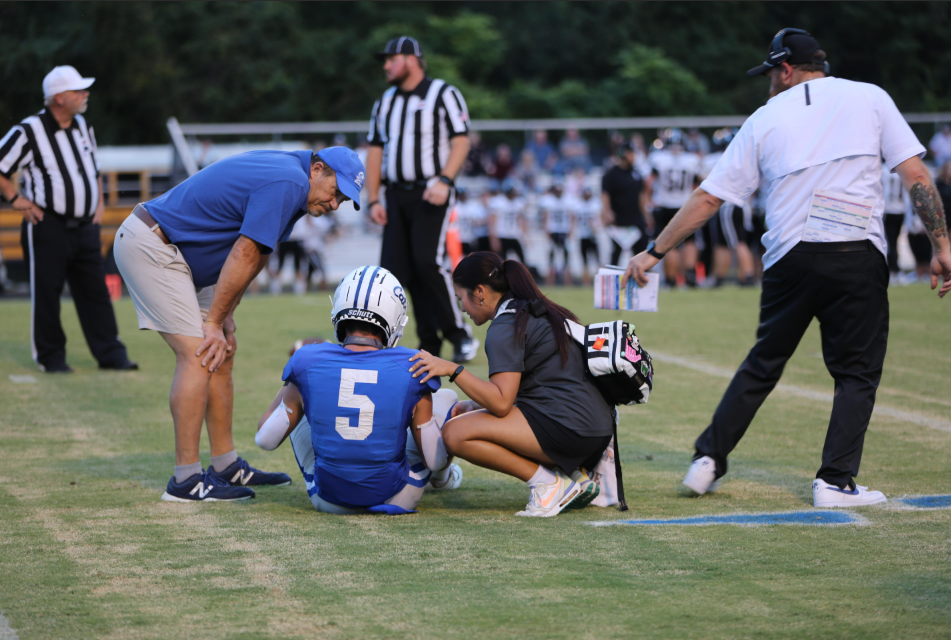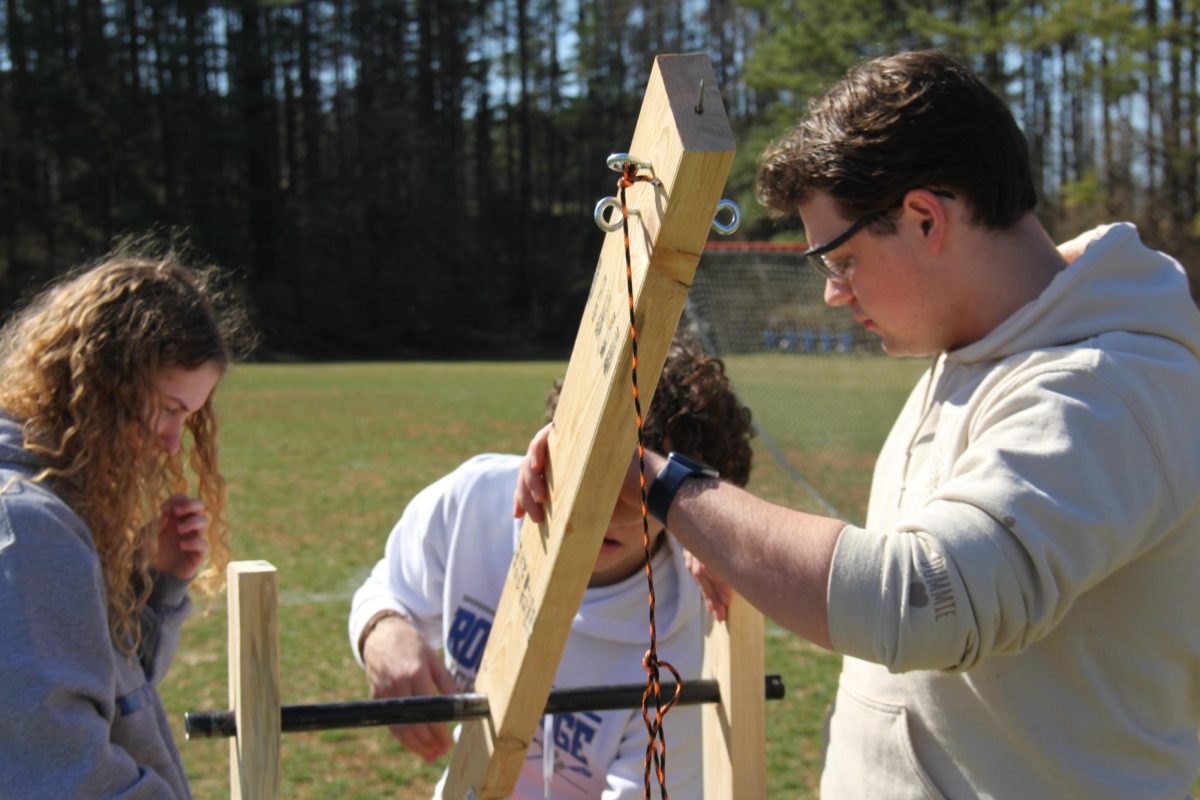According to PBS, 84 percent of fatal drug overdoses in teens involve a concoction of potent opioids and fentanyl. It only takes two milligrams of fentanyl to cause an overdose in the average American adult (U.S. Drug Enforcement Administration ). However, most teens don’t voluntarily take fentanyl. According to UCLA Health, it is often laced into counterfeit pills, the most common being oxycodone M30 pills. This issue was apparent in northern Virginia, with the Loudoun County Public School System, in which nine students overdosed on fentanyl from October to early November. While all of the students were treated with Narcan or CPR to revive them, the students’ parents were not contacted for about 20 days regarding the overdoses, due to school administrators being uninformed on the matter. (Washington Post)
This situation caused Governor Glenn Youngkin to release an executive order (a declaration similar to a law that does not need approval) stating that parents must be notified of any school-connected overdoses within 24 hours.
“Parents have a right to know what is going on in their child’s lives, especially in schools. Overdoses that occur on school grounds or are connected to the school must lead to an immediate parental notification,” said Youngkin in a statement. “School administrators’ first instinct when there is a problem cannot be to delay relevant information on critical children’s health and safety matters. It must be passed on to parents immediately.” (Washington Post).
Luckily, if an issue similar to the Loudoun County issue appeared in RCHS, the administration has a plan in place to ensure students’ safety.
Mr. Shaun Sparks is one of four administrators at RCHS that would help put this plan in place.
“The safety and well-being of our students is of utmost importance. RCHS has plans to support the health of students, which includes the administration of Narcan and contacting emergency personnel [in the event of a fentanyl overdose]… The more families can help educate their children/students about the dangers of drugs is extremely helpful,” said Sparks.
Since the beginning of the opioid crisis in the 1990s, drug use amongst teenagers has been increasing, even more so in the last decade.
RCHS’ School Resource Officer, Sergeant Lawhorn, has been in law enforcement for 18 years.
“The rate of overdose deaths among adolescents is increasing. For instance, in 2015, there were more than 4,200 youths, ages 15 to 24, who died from a drug related overdose. More than half of these deaths were due to opioid misuse,” said Lawhorn.
Lawhorn states that fentanyl is 50 to 100 times more potent than pain medications, which is why it is so deadly, especially amongst teenagers’ underdeveloped bodies. As with other opioids, fentanyl causes respiratory depression. This means the chemicals in the drug blocks the victim’s brain’s ability to send signals to the lungs about how to breathe, quickly resulting in death. Thankfully, a fentanyl overdose victim can receive the drug Narcan or CPR to be resurrected and prevent a non-fatal overdose.
“The increased use of fentanyl by teens may be related to other problems on the rise, like mental health issues and adolescent suicide rates,” said Lawhorn.
According to a study performed by the National Library of Medicine, two major factors of opioid misuse among youth is misinformation about opioids and accessibility to opioids. Many teenagers do not know how harmful opioids truly are, due to the ineffectiveness of some drug prevention campaigns and the role of drugs in the media. There is also misinformation among parents and guardians regarding how to properly dispose of drugs. The combination of the steadily increasing mental health crisis and opioid crisis has created the perfect storm for an increase of opioid use nation-wide.
Junior Emily Boling strongly aligns with the results of this study.
“The best way to prevent overdoses is to educate and prevent consumption,” Boling said.
While these methods can be successful, Boling believes that there will always be that small percentage of students who would ignore the risks of drugs, which is why it isn’t possible to eliminate drug use amongst teenagers altogether.
The RCHS administration has taken steps similar to these in order to decrease drug risks among students. According to Sparks, drug safety is taught in health and PE classes, and school administrators, as well as Sergeant Lawhorn, visit English classes every year to provide health and safety presentations to the students.
An increasing number of schools in Virginia, and the rest of the U.S., are attempting to prevent a situation like that which happened in Loudoun County Schools.













